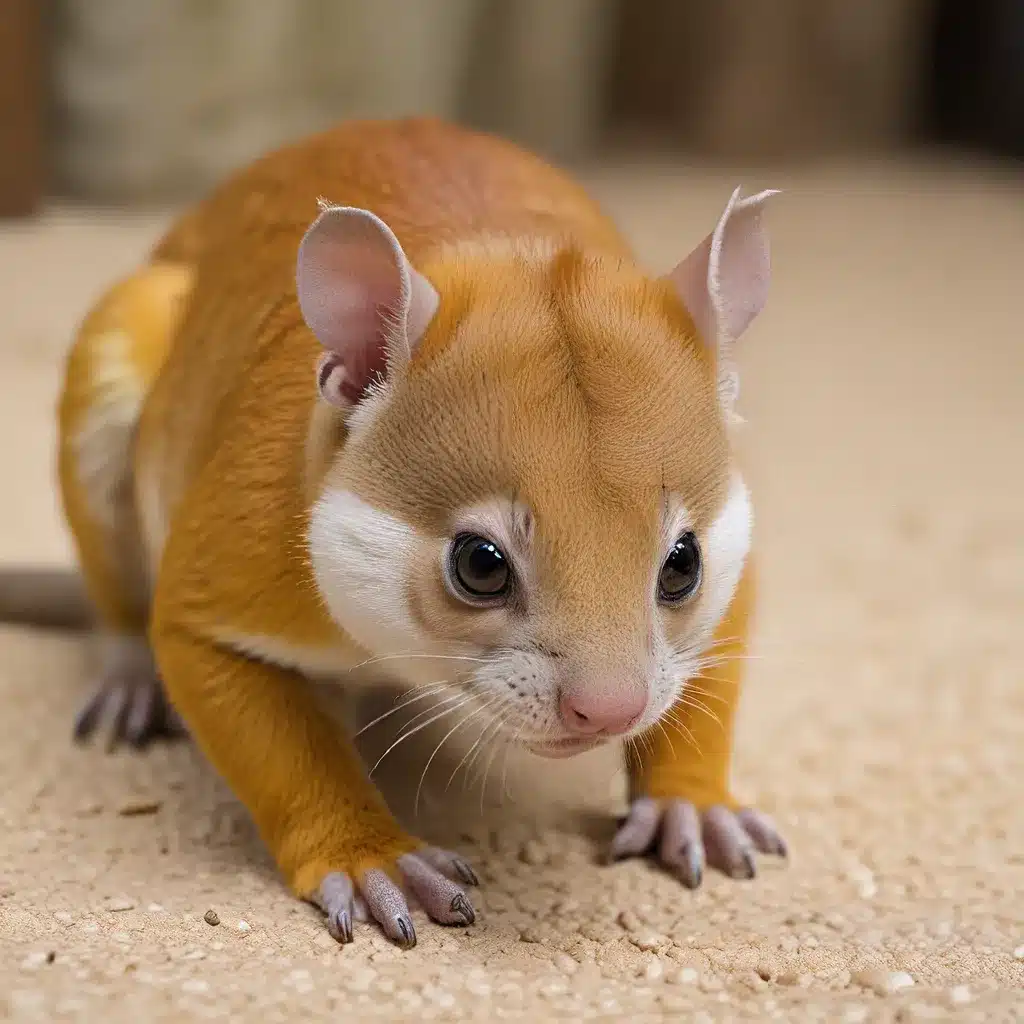
Unleashing the Hidden Potential of Your Exotic Companion
Have you ever found yourself in a tug-of-war with your beloved exotic pet, struggling to find a harmonious balance between your needs and theirs? If so, you’re not alone. Navigating the unique complexities of exotic pet ownership can be a daunting task, but fear not – the secret to a fulfilling relationship lies in the power of behavior modification.
Imagine a world where your parrot doesn’t scream incessantly, your ferret doesn’t chew on your furniture, and your snake doesn’t refuse to eat. Sounds too good to be true? Well, my friend, let me tell you – it’s not only possible, but it can transform your life (and your pet’s) in ways you never thought imaginable.
Understanding the Roots of Exotic Pet Behavior
To truly appreciate the significance of behavior modification, we must first delve into the heart of what shapes the behaviors of our exotic companions. After all, these fascinating creatures don’t come with instruction manuals – they’re products of their own evolutionary histories, instincts, and environmental conditioning.
As experts at Indian Creek Veterinary Hospital explain, exotic pets often exhibit behaviors that may seem puzzling or even frustrating to us, but they’re simply the result of their natural tendencies. A cockatoo’s incessant screeching, for instance, could be its way of communicating a need or expressing stress, while a ferret’s destructive chewing might stem from its innate desire to explore and play.
It’s crucial to remember that these behaviors are not inherently “bad” – they’re simply a reflection of the unique needs and characteristics of each species. The key is to understand them, and then use that knowledge to guide our approach to behavior modification.
Unlocking the Power of Positive Reinforcement
One of the most effective tools in the behavior modification toolbox is positive reinforcement. This approach is built on the principle of rewarding desirable behaviors, rather than punishing undesirable ones. As researchers have discovered, positive reinforcement is not only more humane but also vastly more effective in shaping long-term, sustainable changes in an exotic pet’s behavior.
Imagine your parrot learning to step up onto your hand in exchange for a delicious treat, or your ferret choosing to play with its toys instead of chewing on your furniture because it knows it will earn a tasty morsel. By consistently rewarding the behaviors you want to see more of, you’re essentially “training” your pet to make better choices – and the results can be truly transformative.
But positive reinforcement is more than just a training technique – it’s a way of life. By cultivating a relationship built on trust, patience, and mutual understanding, you’ll not only see a marked improvement in your pet’s behavior, but you’ll also deepen the bond you share. After all, who doesn’t love a pet that’s eager to please and delighted to spend time with their favorite human?
Mastering the Art of Behavior Modification
Now, I know what you’re thinking: “Okay, this all sounds great, but how do I actually put it into practice?” Fear not, my friend – with a little bit of guidance and a whole lot of dedication, you can become a behavior modification master in no time.
The experts at the Veterinary Center for Birds & Exotics recommend starting with a comprehensive physical examination and appropriate medical testing to rule out any underlying health issues that could be contributing to your pet’s problematic behaviors. After all, a healthy pet is a happy pet, and you want to ensure that any behavior modification efforts are addressing the root cause of the problem.
Once you’ve gotten a clean bill of health, it’s time to dive into the behavior modification process. This often involves a multi-pronged approach, including:
-
Identifying the Trigger: What is the specific behavior that you’re trying to change, and what seems to be the catalyst for it? Understanding the “why” behind the behavior is crucial for developing an effective plan.
-
Setting Realistic Goals: Rome wasn’t built in a day, and the same goes for modifying your pet’s behavior. Break down your desired outcome into smaller, achievable steps, and celebrate those wins along the way.
-
Implementing Positive Reinforcement: This is where the magic happens. Decide on the rewards that will truly motivate your pet, and be consistent in doling them out every time they exhibit the desired behavior.
-
Patience and Persistence: Behavior modification is not a quick fix – it’s a journey. Be prepared to stick with it, even when progress seems slow or frustrating. With time and dedication, you’ll start to see those positive changes take root.
Remember, every pet is unique, and what works for one exotic companion may not work for another. Don’t be afraid to experiment, adjust your approach, and seek out the guidance of experienced professionals if you’re feeling stuck.
Embracing the Transformative Power of Behavior Modification
As you embark on this behavior modification adventure, I want you to picture a future where your exotic pet is a true partner in life – a companion that not only fulfills your needs but also thrives under your care. Imagine the joy of watching your parrot happily perch on your shoulder, or your ferret contentedly snuggling up in your lap, without a trace of the problematic behaviors that once plagued your relationship.
This vision is not just a pipe dream – it’s a reality that’s well within your reach. By embracing the power of behavior modification, you’re not only unlocking the hidden potential of your exotic pet, but you’re also strengthening the unbreakable bond you share.
So, my friend, what are you waiting for? Head over to GoldenExoticPets.com to learn more about the incredible world of exotic pets, and start your journey towards a harmonious, fulfilling relationship with your one-of-a-kind companion. The possibilities are endless, and the rewards are beyond measure.

